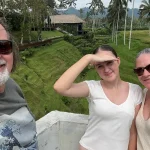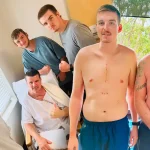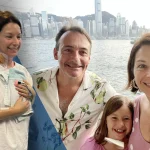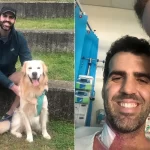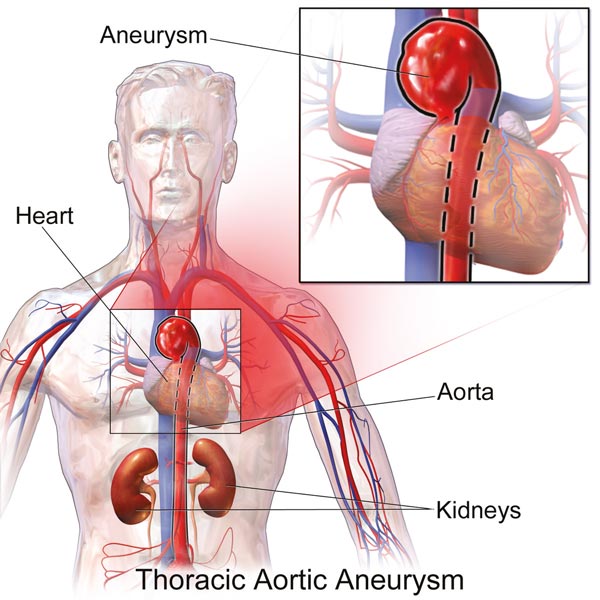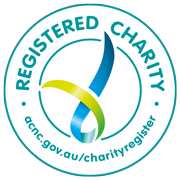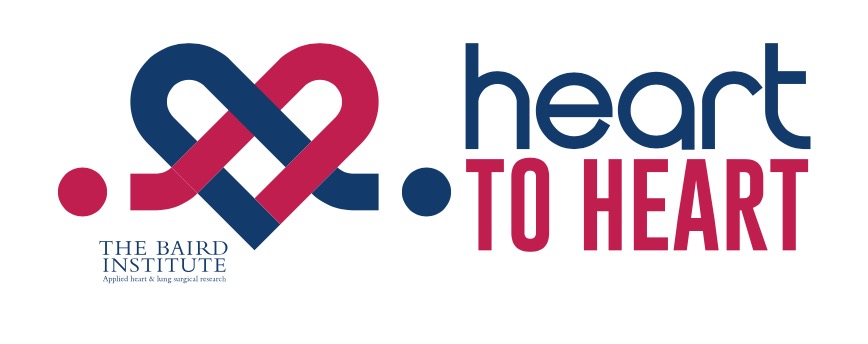"The Baird Institute’s work in support of research and professional development has helped build the medical knowledge and skills that saved my life."
I have an unusual health history. I tend to enjoy abnormally good health most of the time. Until a serious health issue intervenes.
I’ve lived much of the past 30 years in Vietnam, often in remote places, and I’ve barely seen a doctor there. But in that same 30 years, I’ve suffered two bouts of Hodgkin’s lymphoma, and in 2014, my appendix ruptured. Both illnesses were treated in Australia.
This time, in this strange year, 2020, a long period of excellent health was broken when I suffered an aortic dissection – a condition I’d never heard of until it struck me. You don’t have to search far online to discover an aortic dissection isn’t a good thing.
Back in May, I was stranded in Sydney because of COVID. I’ve long been a big swimmer and I made daily swims at Neilsen Park on Sydney Harbour, part of my COVID routine. I was feeling great. Fitter than ever.
On May 4, after a glorious late afternoon swim, I headed back to my home in Stanmore for dinner. After dinner I started to feel pain in my stomach, back and neck. It was unpleasant but not unbearable. At first, I thought it was something I’d eaten. After 8 hours of waiting at home and hoping it would go away, I decided it might be serious and headed to Royal Prince Alfred Hospital (RPAH). I’m lucky I didn’t wait any longer. I was quickly scanned, and an emergency doctor broke the news. I was very ill and needed emergency surgery for an aortic dissection. I should call close family and let them know.
It was on again. My life pattern of extended periods of outstanding health being interrupted by medical disaster had reached a new extreme! Soon after, I was on the operating table and Dr Ben Robinson got to work on high risk, lifesaving, surgery. It was 10 hours of gruelling work and Dr Robinson has since told me there were times that day when he doubted I would make my 56th birthday.
After surgery I spent 16 days in ICU and managed to have a stroke and contract pneumonia during that time. They were tricky days relieved by fairly severe delirium and pain killers. My slow recovery was boosted by the constant hand-holding of family and friends. They were undeterred by my incoherent rambling.
Dr Robinson was generous with his time in helping me to understand what had happened to me. The quality of the care I received at RPA was astonishingly good – even for a veteran of hospitalisations. The complicated nature of my situation seemed to mean I received a lot of medical attention, and without exception, it was professional and caring.
I had further major surgery a few weeks later, and then began the long road to full recovery. Today, five months after my dissection, I am swimming and active again and leading a life that is close to normal.
My strongest sense at the end of the ordeal is one of gratitude – especially to Dr Robinson and the medical professionals at RPA. It’s clear that I have been the beneficiary of exceptional medical expertise.
The Baird Institute’s work in support of research and professional development has helped build the medical knowledge and skills that saved my life via the hands of Dr Robinson. I am fortunate to be able to thank them here, and to encourage you to contribute to assist The Baird Institute in continuing its important work.
– Mark Bowyer
(A grateful patient)
What is an aortic aneurysm?
The aorta is the main blood vessel that carries blood from the heart to the rest of the body. It starts at the chest and runs down into the abdomen where it branches into various arteries which carry blood to the lower parts of the body. The upper part of the aorta is called the Thoracic Aorta because it is located in the chest (thorax), while the lower part of the aorta is called the Abdominal Aorta. Sometimes a section of the aorta may weaken and stretch causing a bulge (aneurysm) in the blood vessel wall.
Stretching of the aorta may also lead to a sudden tearing of the layers in the aortic wall causing blood to flow in between the layers of the blood vessel wall (an aortic dissection). This can lead to aortic rupture or decreased blood flow to organs.
There is so much more to understand about thoracic aortic aneurysms. Frighteningly someone has to die in a family before we discover that other family members could also be at risk. The majority of those people who have a dissection, die – Mark was one of the lucky ones.

